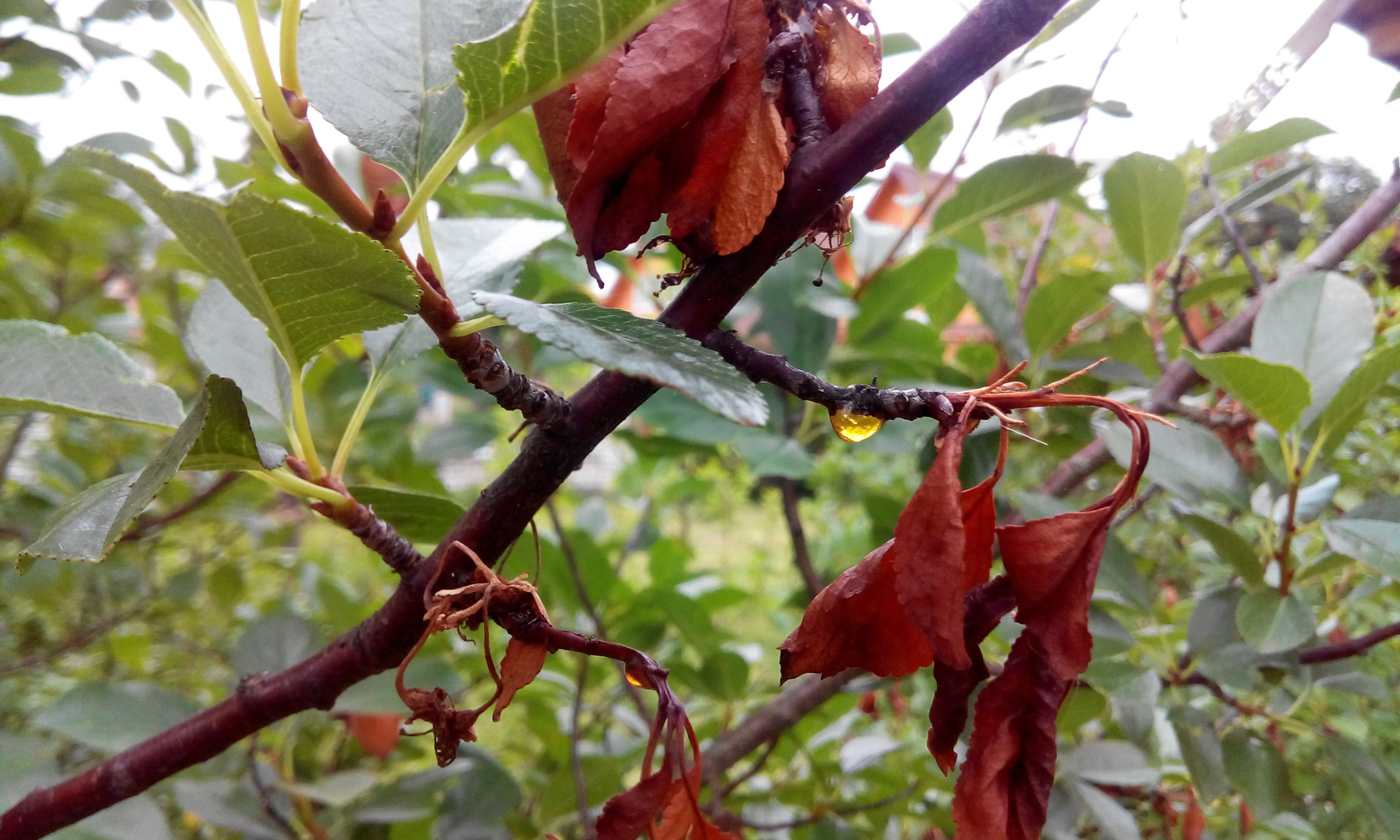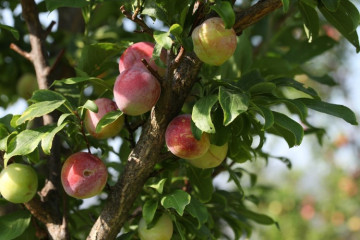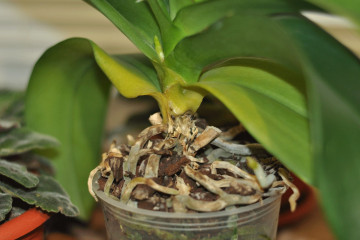Pear moniliosis - signs and causes of the onset of the disease
Content:
Pear moniliosis is a common disease of fruit crops. It belongs to the fungal and spreads very quickly throughout the garden, affecting all trees. If the summer season is warm and humid, then the fungus can destroy more than half of the entire crop.
Symptoms of moniliosis
Fruit rot is caused by the fungus Monilia. It affects not only fruits but also leaves. Most often, stone and pome crops are infected. The fungus is transferred by raindrops, wind or insects. First of all, fruits with cracks and other damage are affected. Also, trees can become infected through spoilage in the bark.
Symptoms and causes of infection
The reason for the development of infection is a high temperature (within + 25-27 degrees) and abundant humidity. The risk of infection is greatest in regions with a long and damp spring.
Typical symptoms of the disease:
- The lower part of the leaves is covered with small white pustules.
- Brown spots appear on ripening fruits, which become larger over time.
- The pulp darkens and takes on an unpleasant aftertaste of alcohol.
- Some time after infection, the pears crumble.
Infection occurs very quickly, so pears should be treated immediately, immediately after the first symptoms appear.
In which regions does moniliosis occur most often?
Monilial pear burn is widely represented in Russia. The disease is most common in the central part, in the west of the Caucasus, in the Urals and Siberia.
How to deal with moniliosis
It is difficult to cure this disease, but it is quite possible. The main thing is to act quickly.
How to treat pear moniliosis:
- All affected parts of the tree (inflorescences, fruits, branches) must be cut off, and twice. The first time after flowering and the second time - a month later.
- Before the beginning of flowering pears can be treated with a solution of 0.4% "Cineba" or 0.3% solution of copper oxychloride. When flowering has already begun, it is useful to treat the trees with Topsin-M. This drug is good because it does not affect the formation of ovaries. With breaks of 1 week, this tool can be used twice in a row.
- After the tree has bloomed, pears, which were affected last year, continue to be cultivated. For this, "Kuprozan" or "Tsineb" is used. It is not advisable to use copper-containing preparations from this moment.
Disease-prone varieties
Very often the varieties Dekanka Zimnyaya and Sapezhanka suffer from moniliosis. Instead, preference should be given to other hybrids.
Moniliosis-resistant varieties
Fungus resistant pear varieties:
- Aurora.
- Trembita.
- October.
- Early Moldavian.
- Summer Sergeevna.
- Autumn dream.
- Augustine.
- The conference.
Such varieties are distinguished by good immunity to the fungus and good yields. True, there are no varieties that are 100% immune to the disease, and even the above hybrids can get sick.
Why moniliosis is dangerous
This disease is dangerous in that it is contagious and quickly spreads throughout the site. Within a short period of time, all crops in the garden can be affected, and it will be very difficult to remove the fungus.
How to treat moniliosis
Moniliosis of the plum, pear or any other fruit tree should be treated immediately. Two types of drugs are commonly used - biological and chemical. Popular control measures are ineffective.
Biological preparations for fruit rot
For treatment, such biological preparations are used as:
- Fitosporin-M. Processing is carried out before and during flowering. Also, the solution can be sprayed on trees at the time of the formation of fruit ovaries in early summer.
- Fitolavin. Suitable for processing during the beginning of flowering, during it and when the ovaries appear. In addition, preventive treatments are recommended during the ripening of pears.
- "Alirin". Refers to biofungicides. The composition is similar to "Fitosporin". It is used during the peak of the spread of the fungus.
- Mikosan. Used at the peak of the disease. Possesses a wide spectrum of action. Helps not only fight fungi and bacteria, but also strengthens the immunity of trees, stimulates growth. Refers to biofungicides.
Chemicals
Popular chemicals:
- Horus. This drug is used in early spring when it is damp and cool outside. Works well in the early stages of the disease.
- "Speed". The drug belongs to the systemic, is used in the second stage of the disease. Crown treatments are usually started when most of the inflorescences have already blossomed and the tree is in bloom. The procedure can continue until harvest. Effectiveness is high in high humidity outside, when the risk of fungus spread is greatest.
- Abiga Peak. During spraying, copper oxychloride penetrates into the spores of the fungus and breaks down proteins. As a result, the fungus dies.
- Borodsky liquid. The solution helps to get rid of many diseases of fruit crops. Spraying is carried out in early spring. A 3% solution is used. During the growing season, 1% solution can be used no more than 3 times. The last treatment is carried out 55 days before harvesting.
- "Gamair". It is used more often as a prophylactic agent. For the greatest effect, liquid soap can be added to the solution.
- Copper sulfate. Another effective remedy. The period of protective action is 30 days. Pears are treated with a 1% solution in early spring as a preventive measure.
Prevention of moniliosis
In order not to have to fight the disease, you need to regularly carry out preventive measures:
- Fruit should not be damaged by birds or garden equipment. It is advisable to pick off the affected pears together with the stalk and throw them away from the garden.
- Preventive spraying is recommended a month before harvest. One of the good remedies is regular iodine, which costs a penny at any pharmacy. Dilute a bottle of iodine in 10 liters of water and process the pear.
- Fallen leaves, flowers and fruits should be removed in a timely manner. It's also important to do sanitary pruning every spring or fall.
- Preference should be given to varieties that are resistant to disease.
It is also important not to plant fruit trees too close to each other. Strong foliage thickening provokes the appearance of other pear diseases.
Any gardener can face fungal diseases, no one is immune from this problem.Pear moniliosis is a common disease that can destroy the entire crop, which is why it is so important to carry out preventive procedures and monitor the condition of the trees in the garden.



















